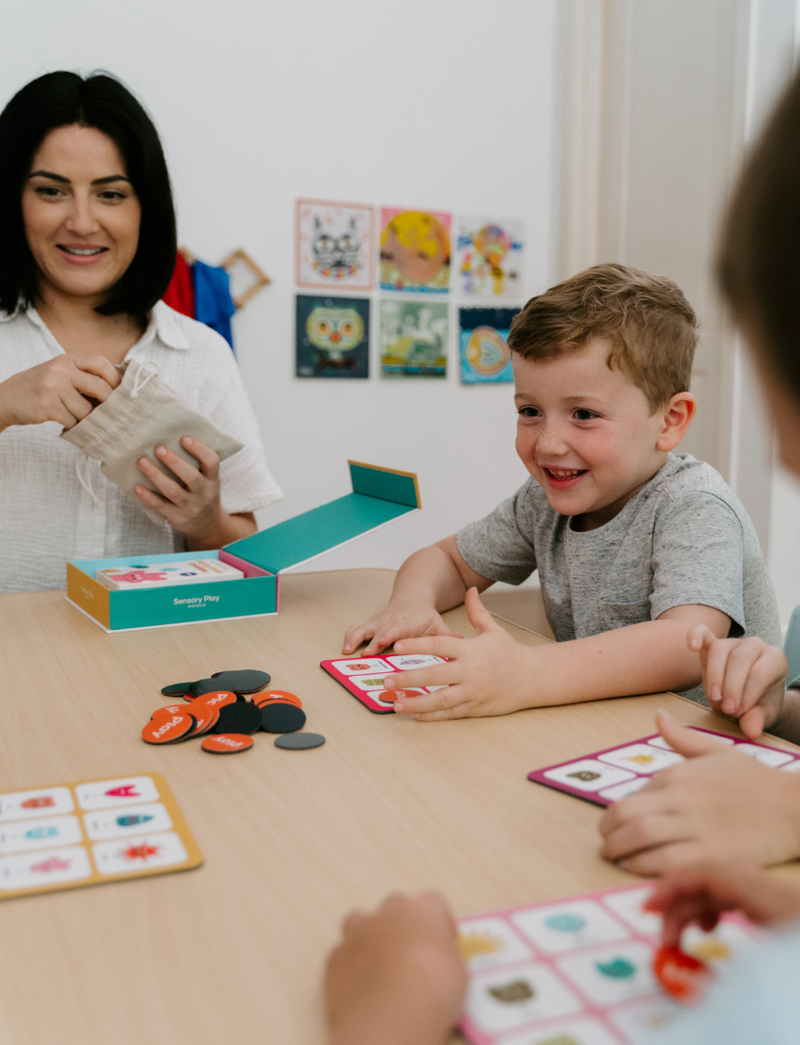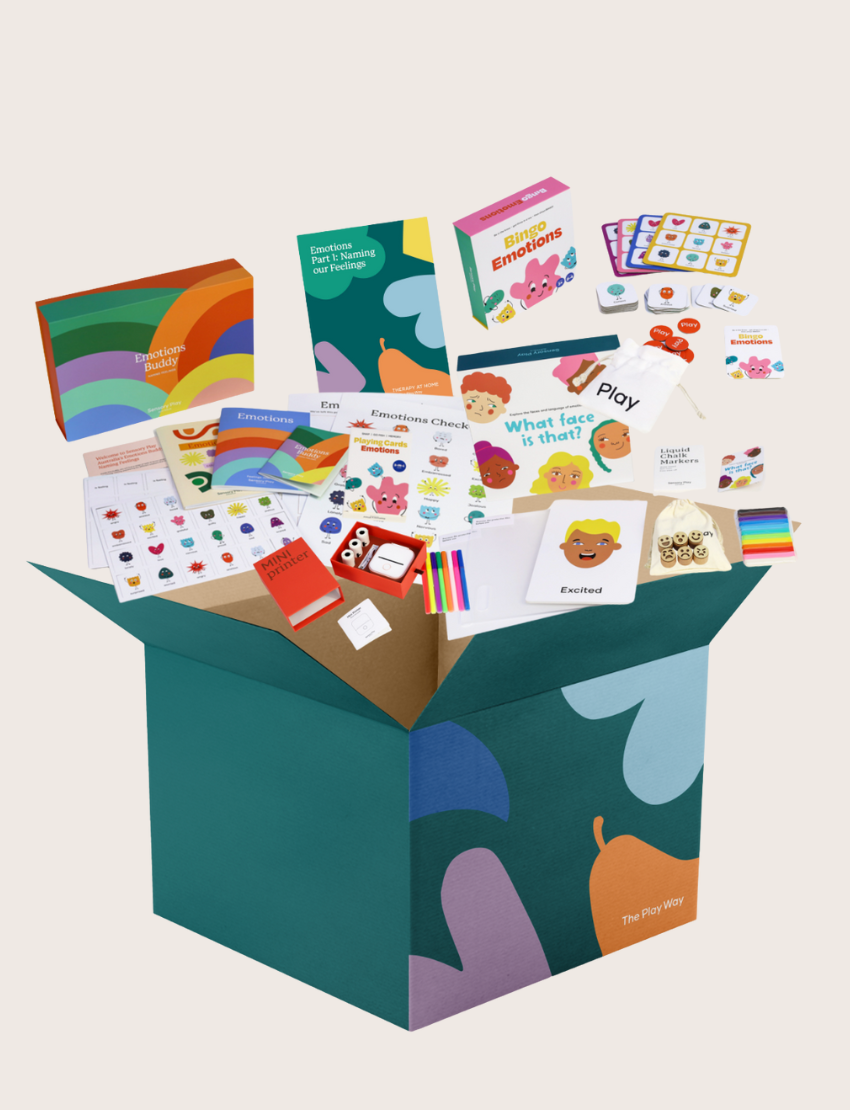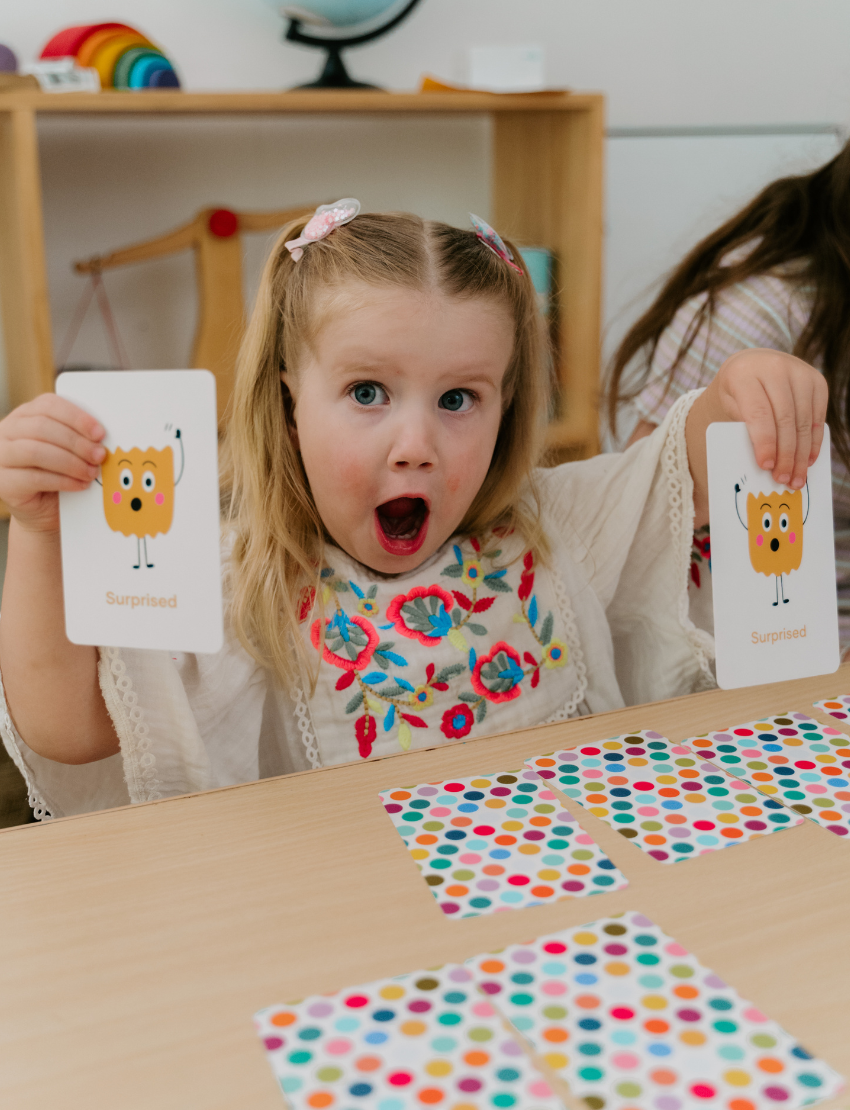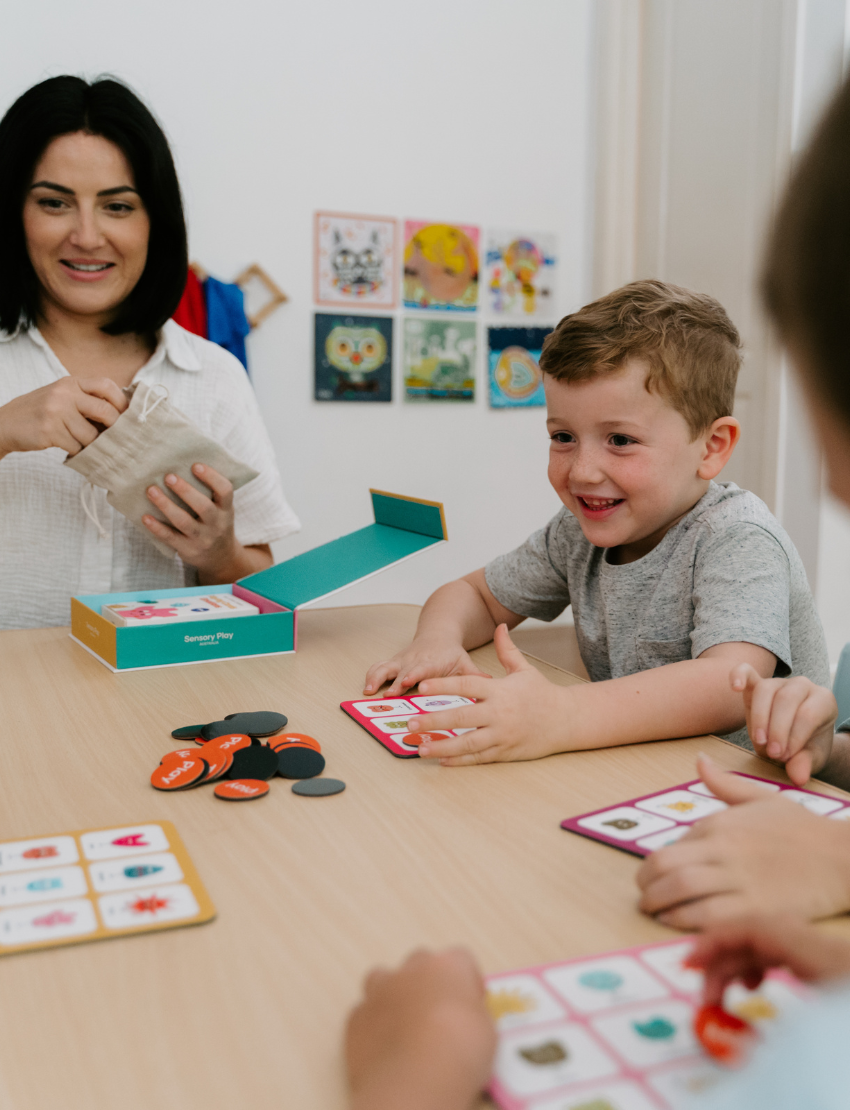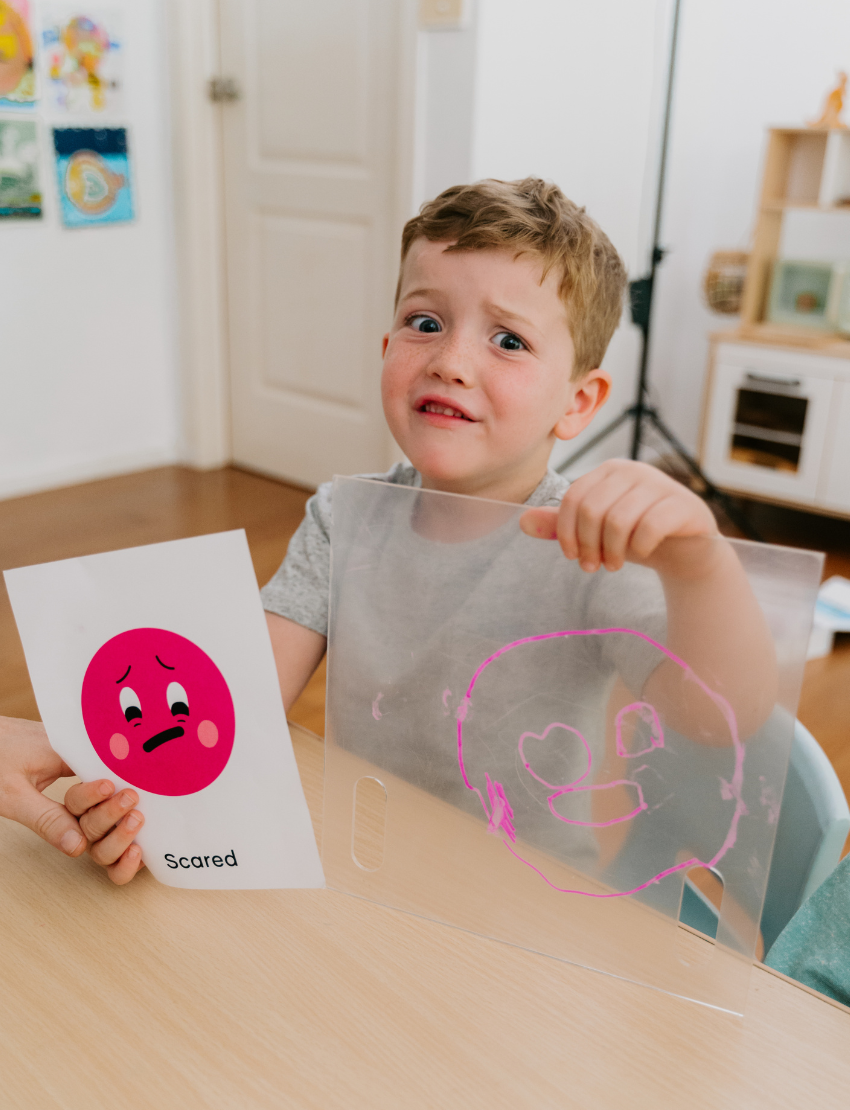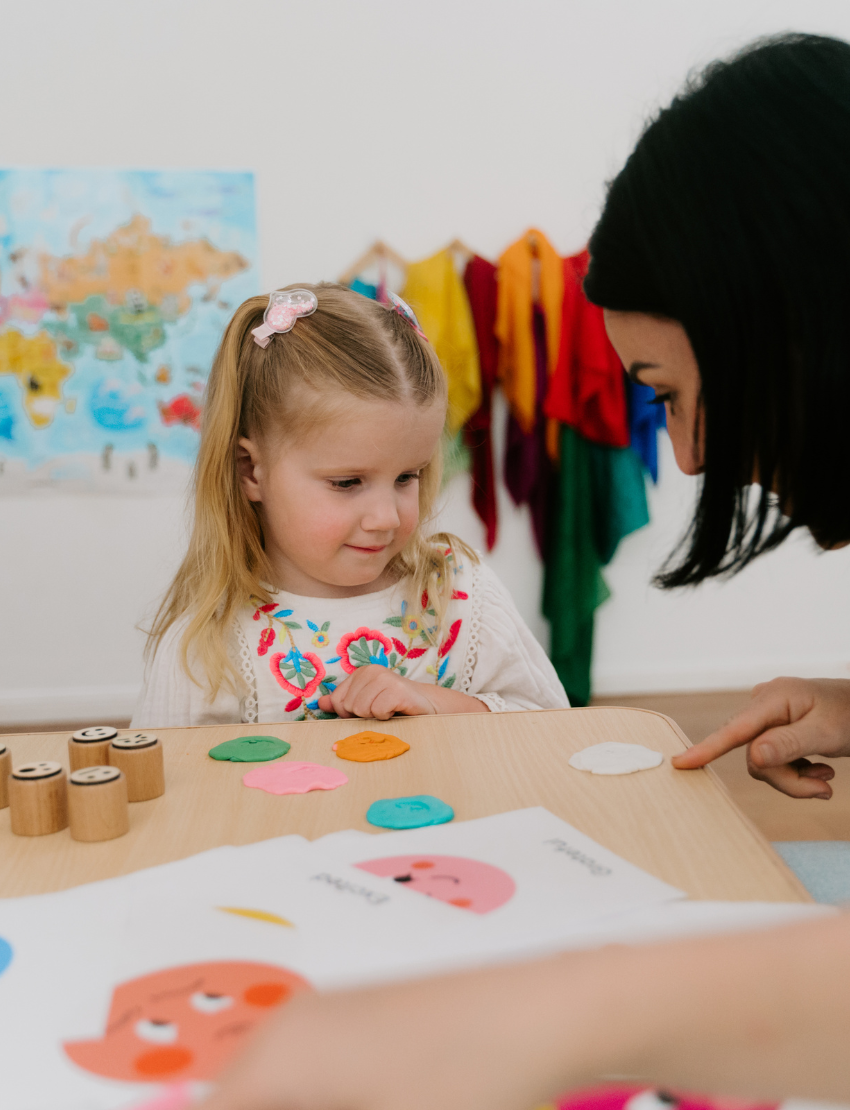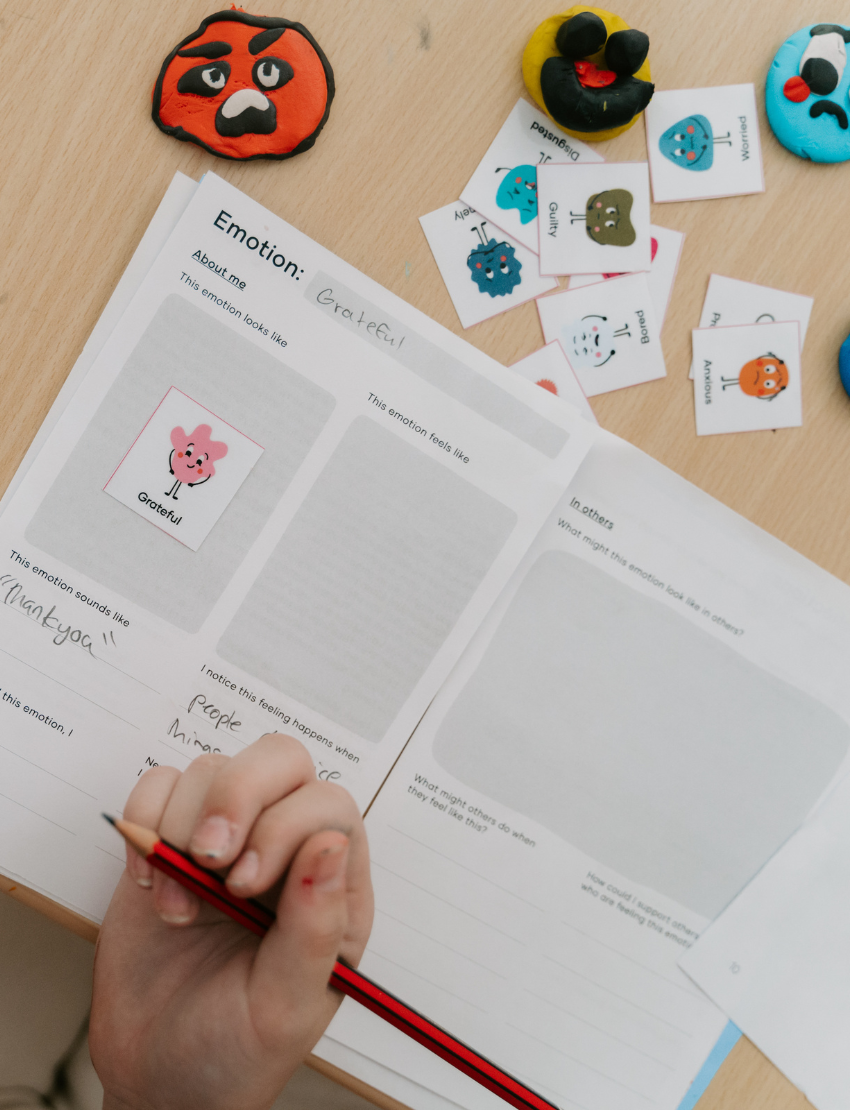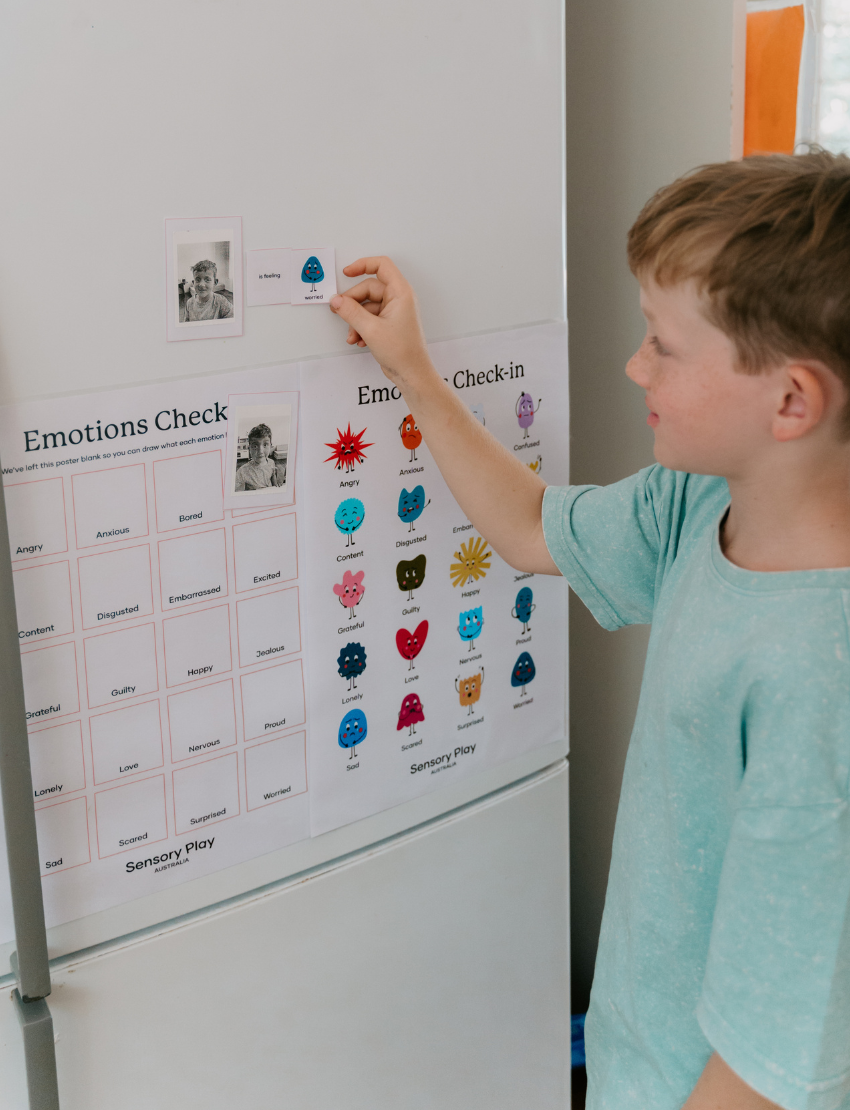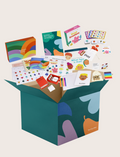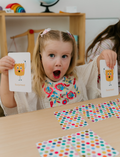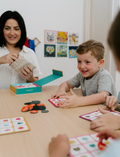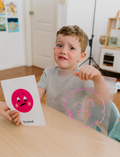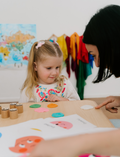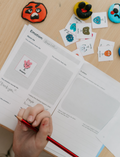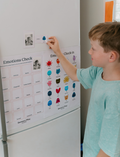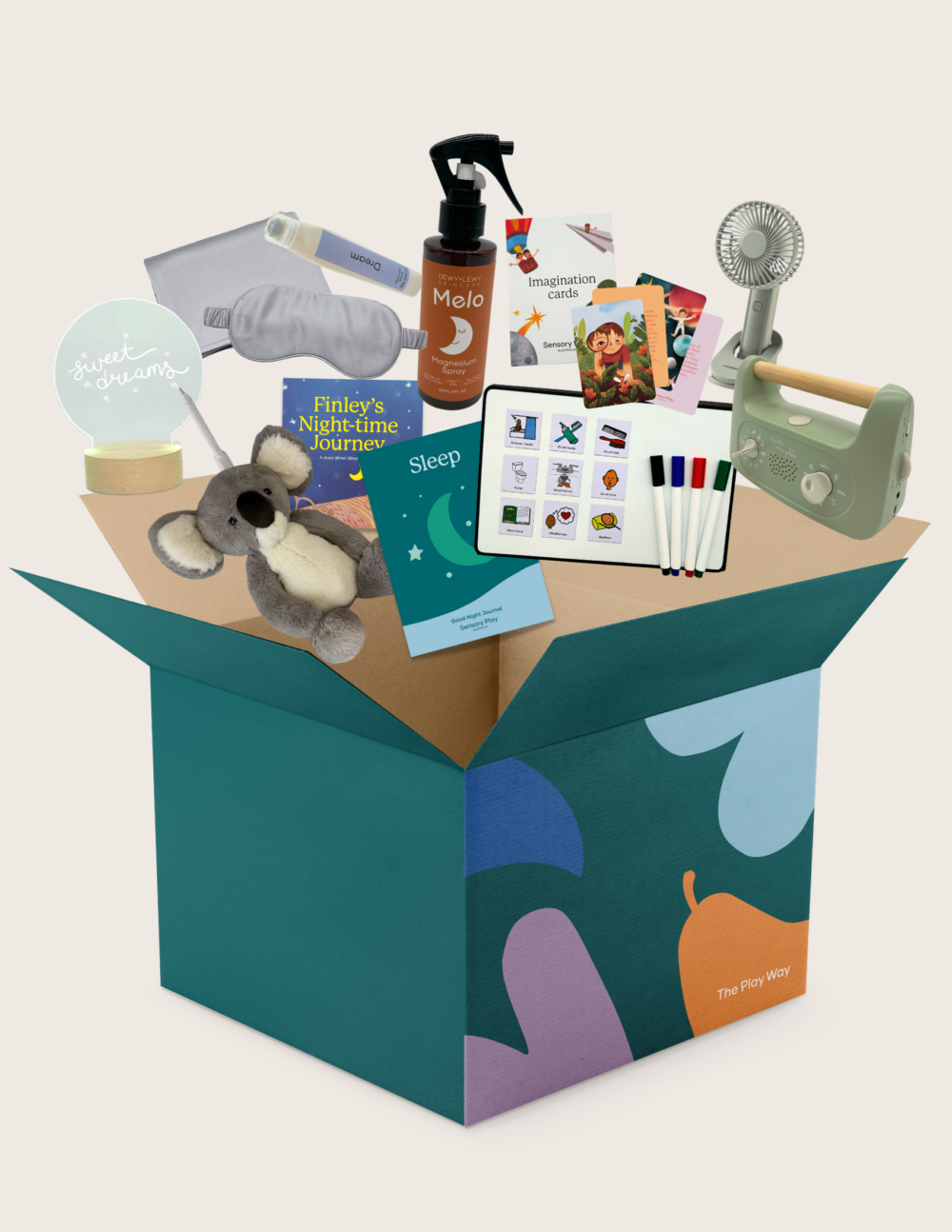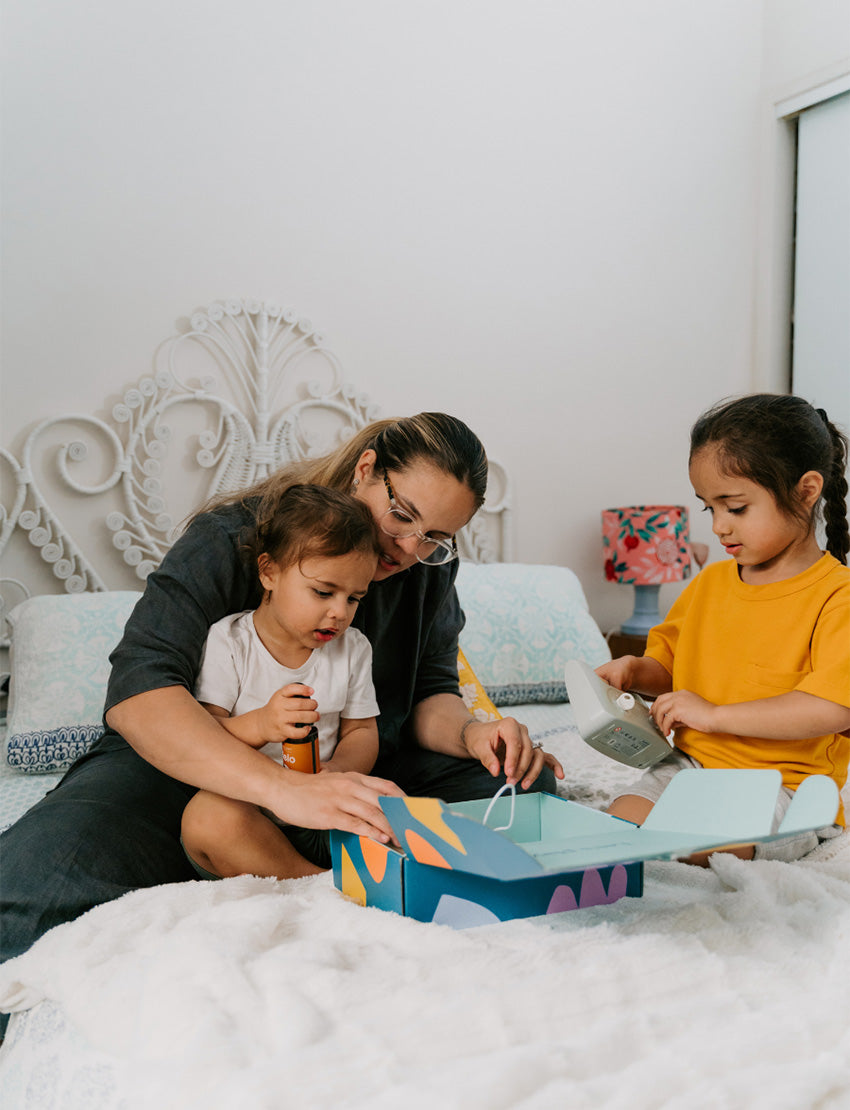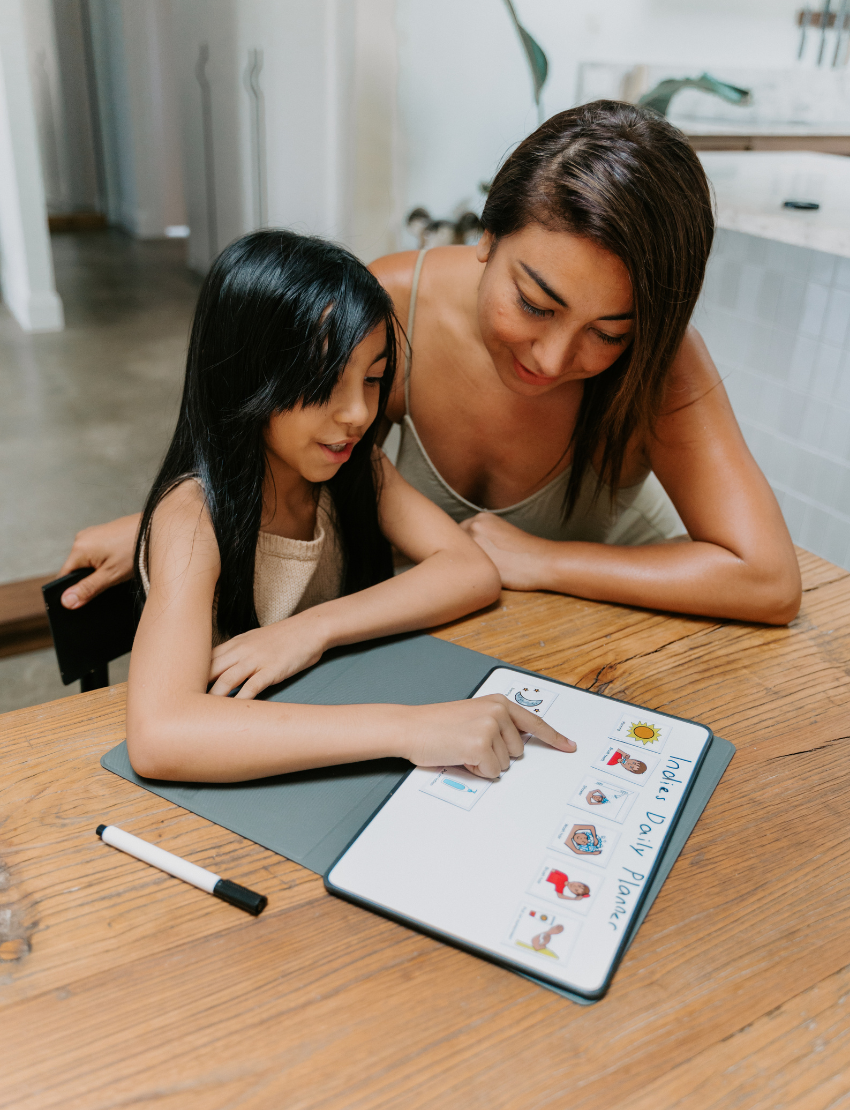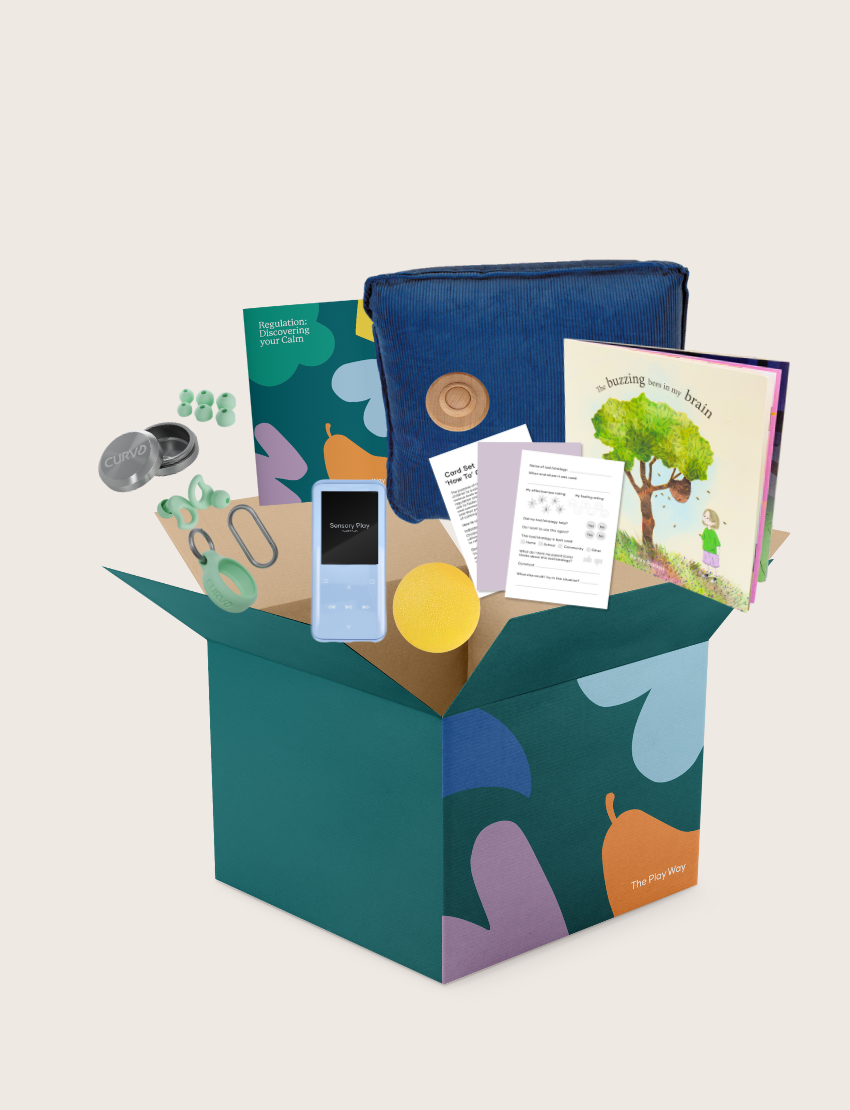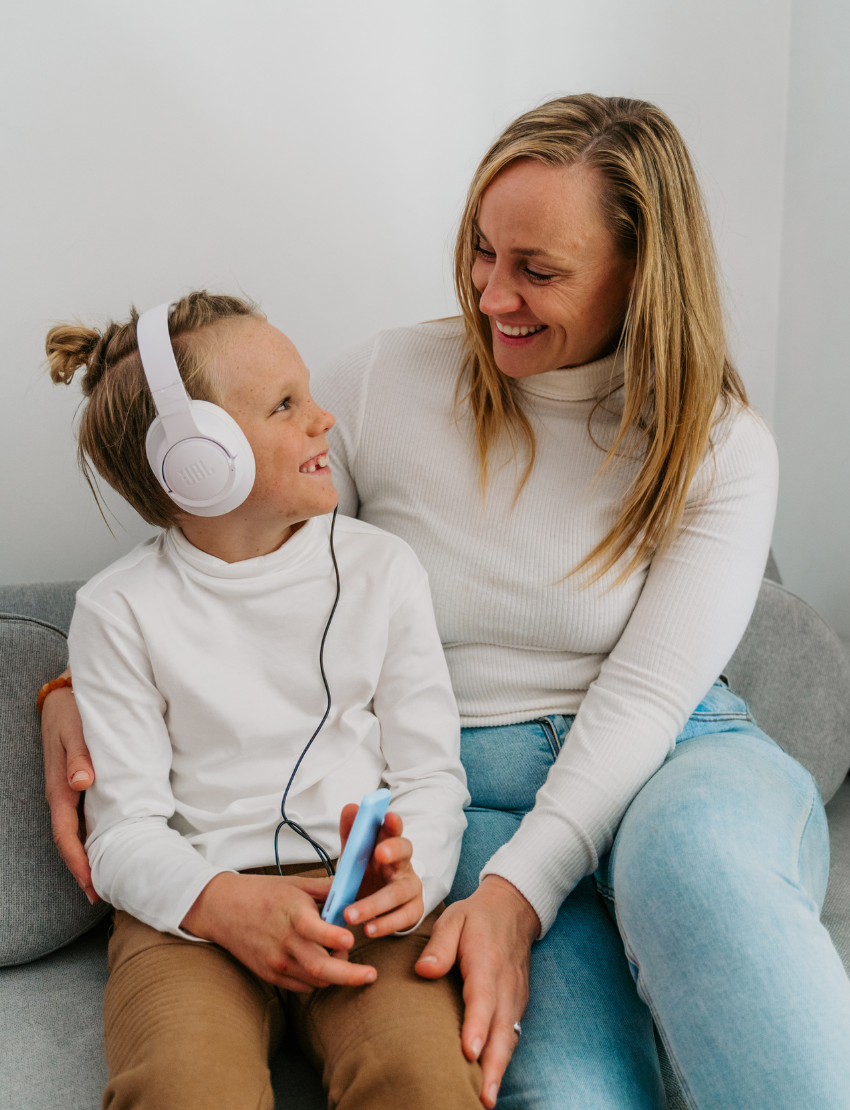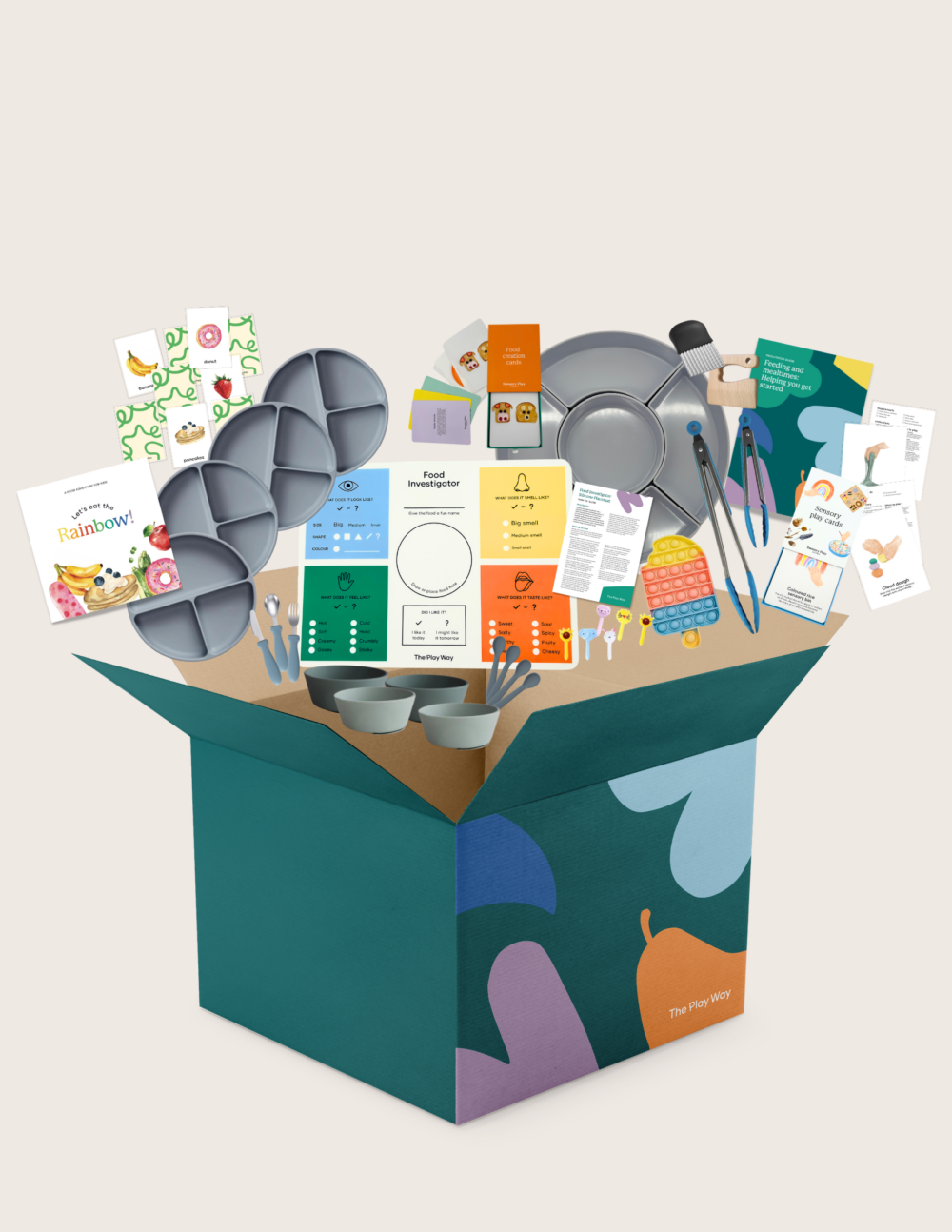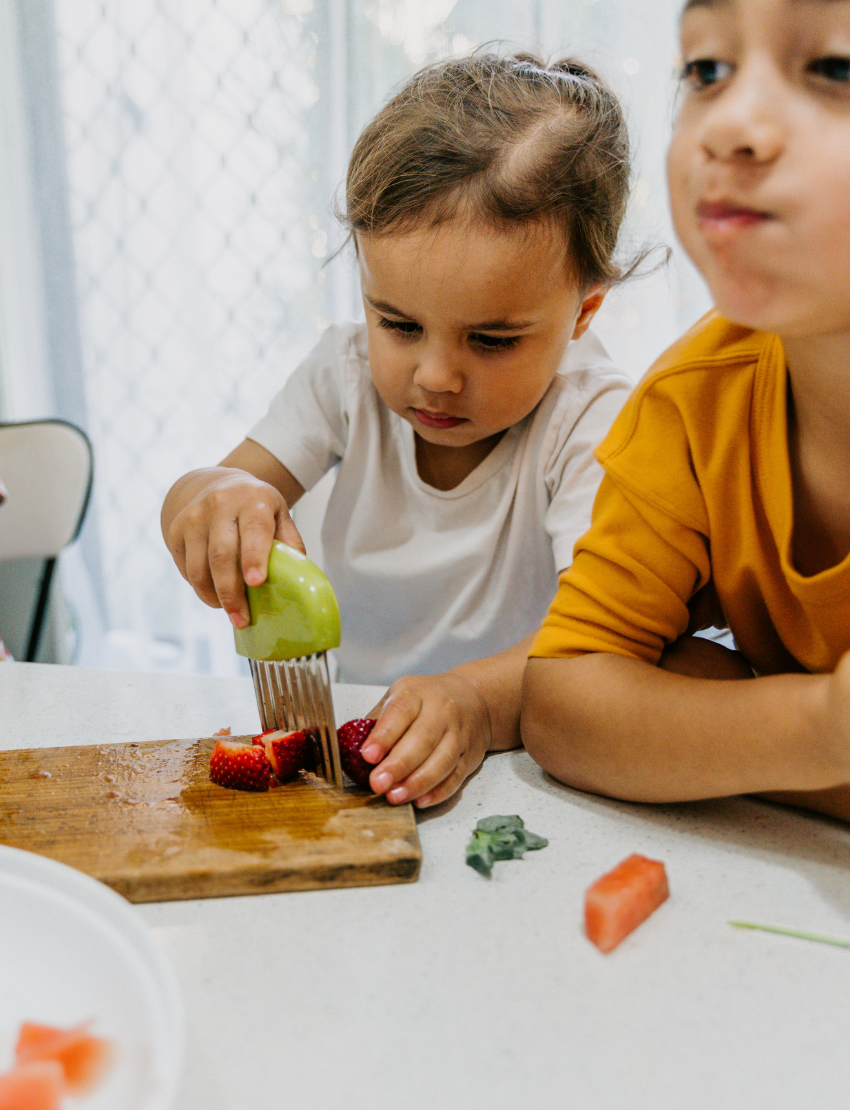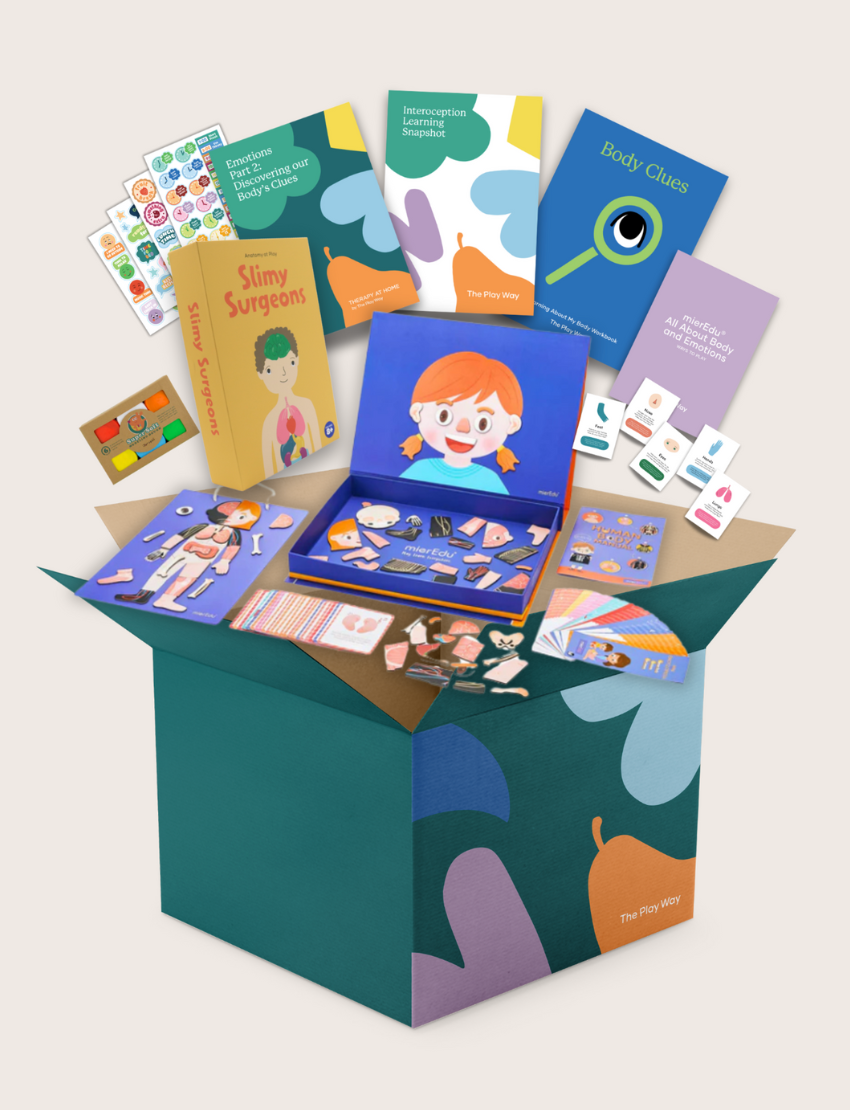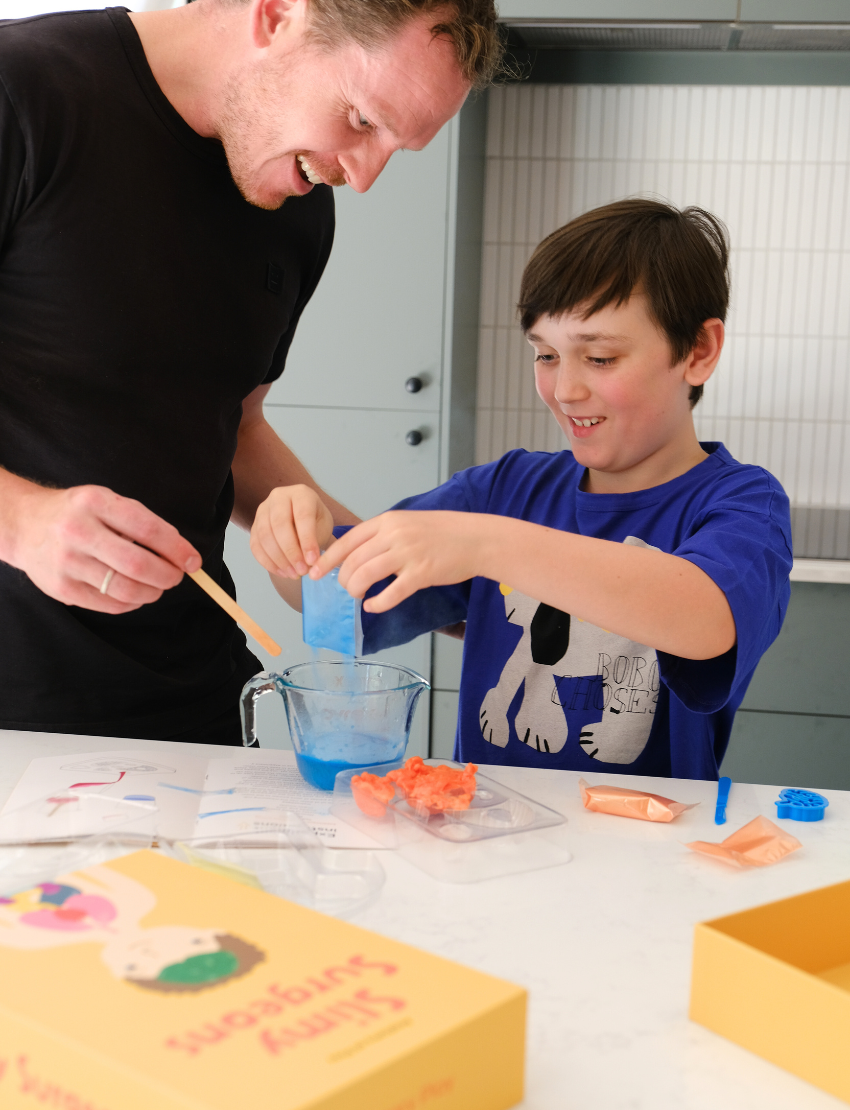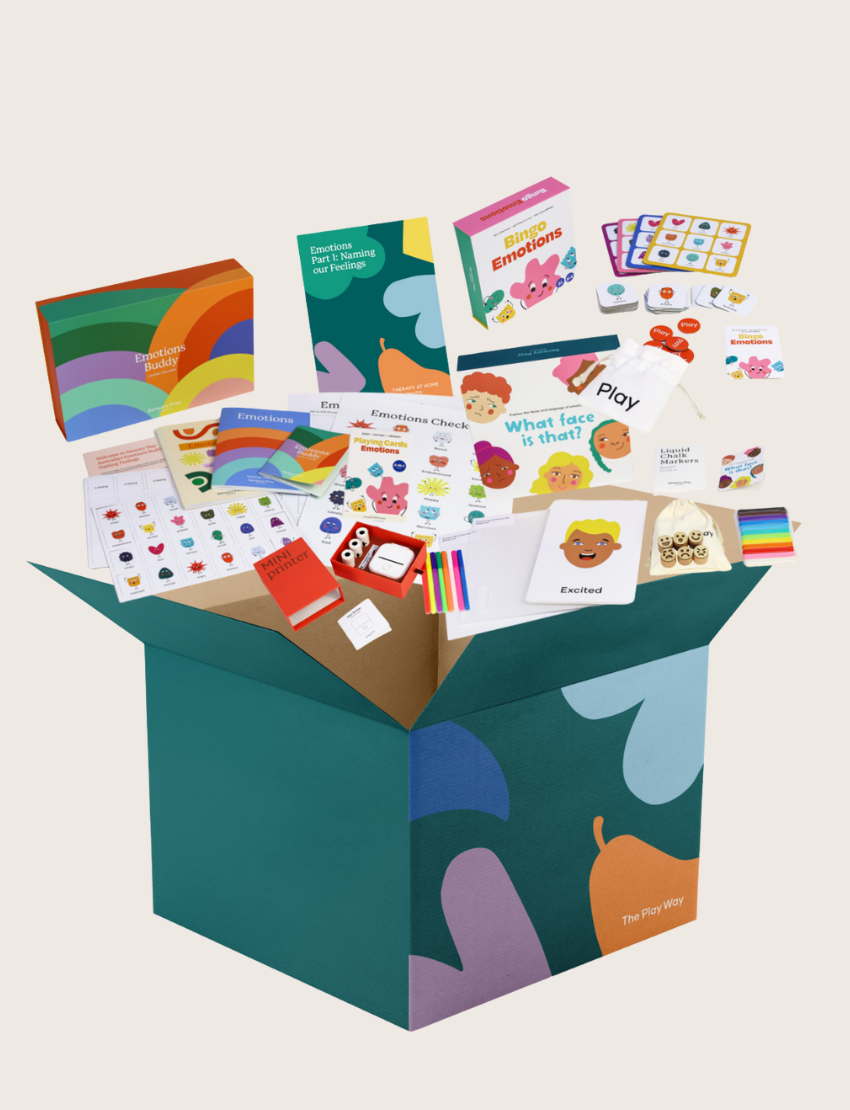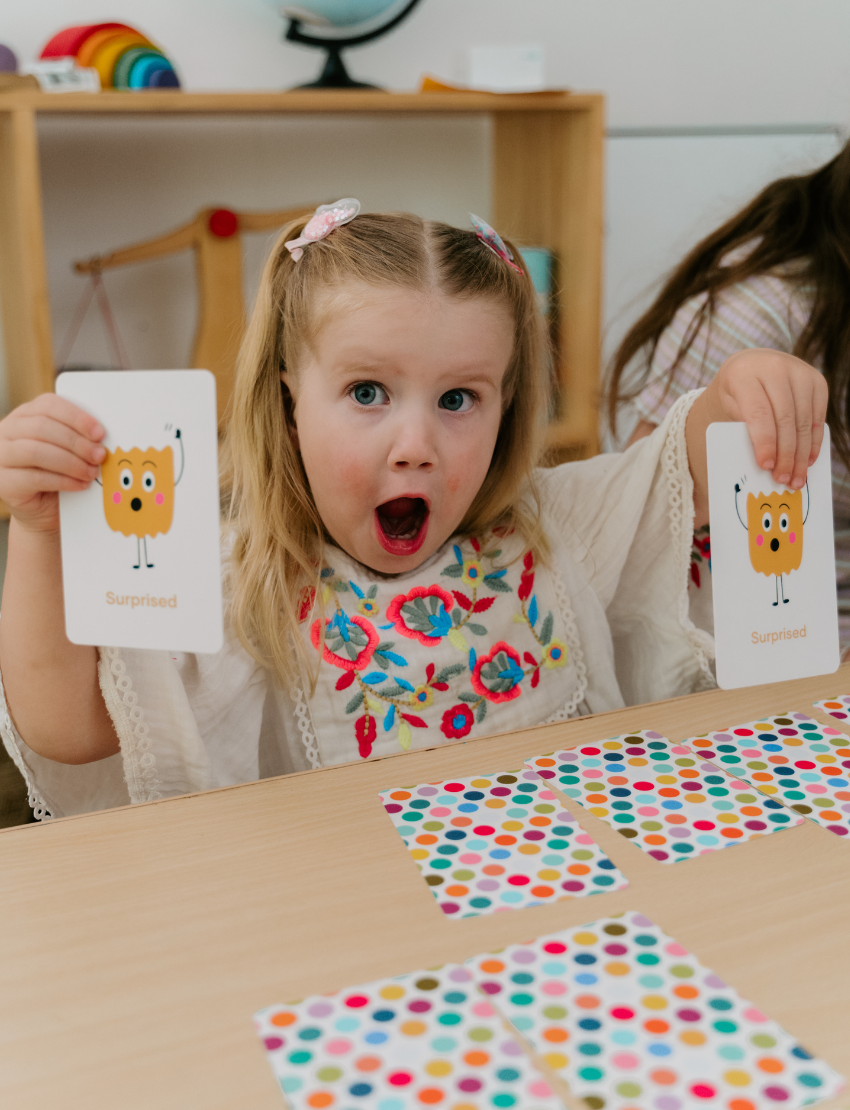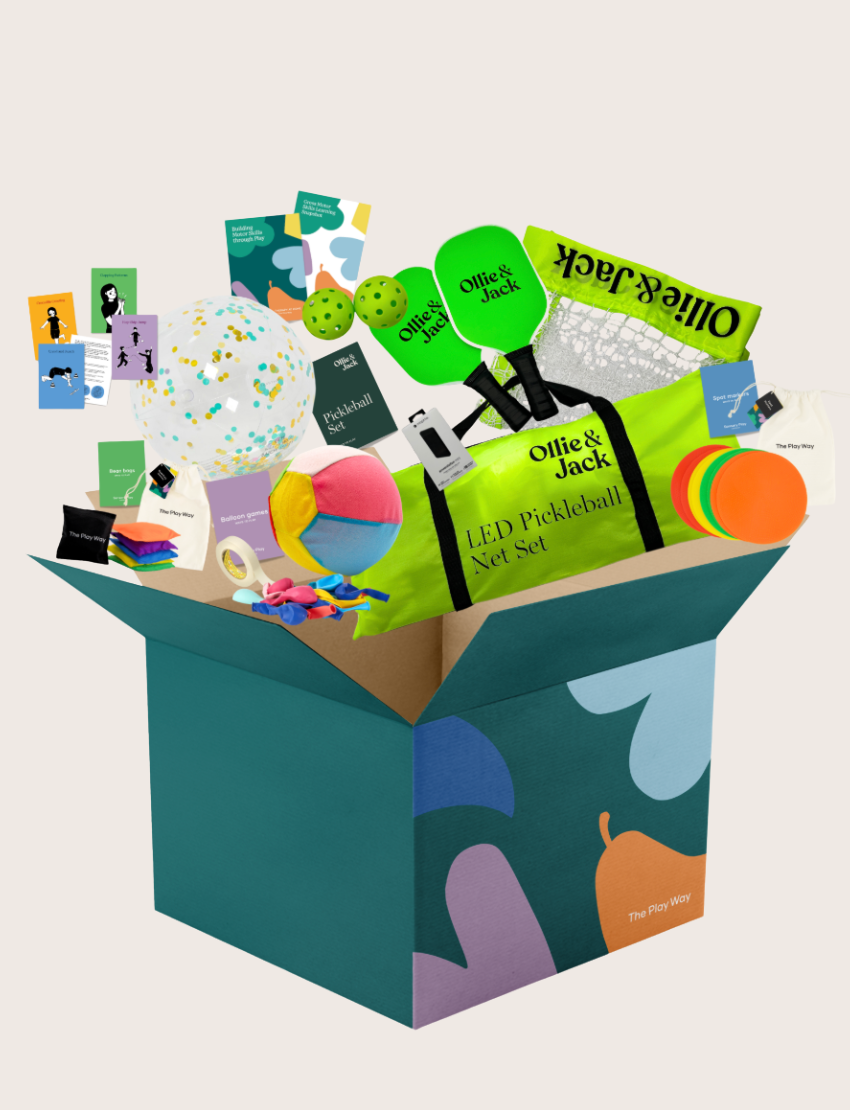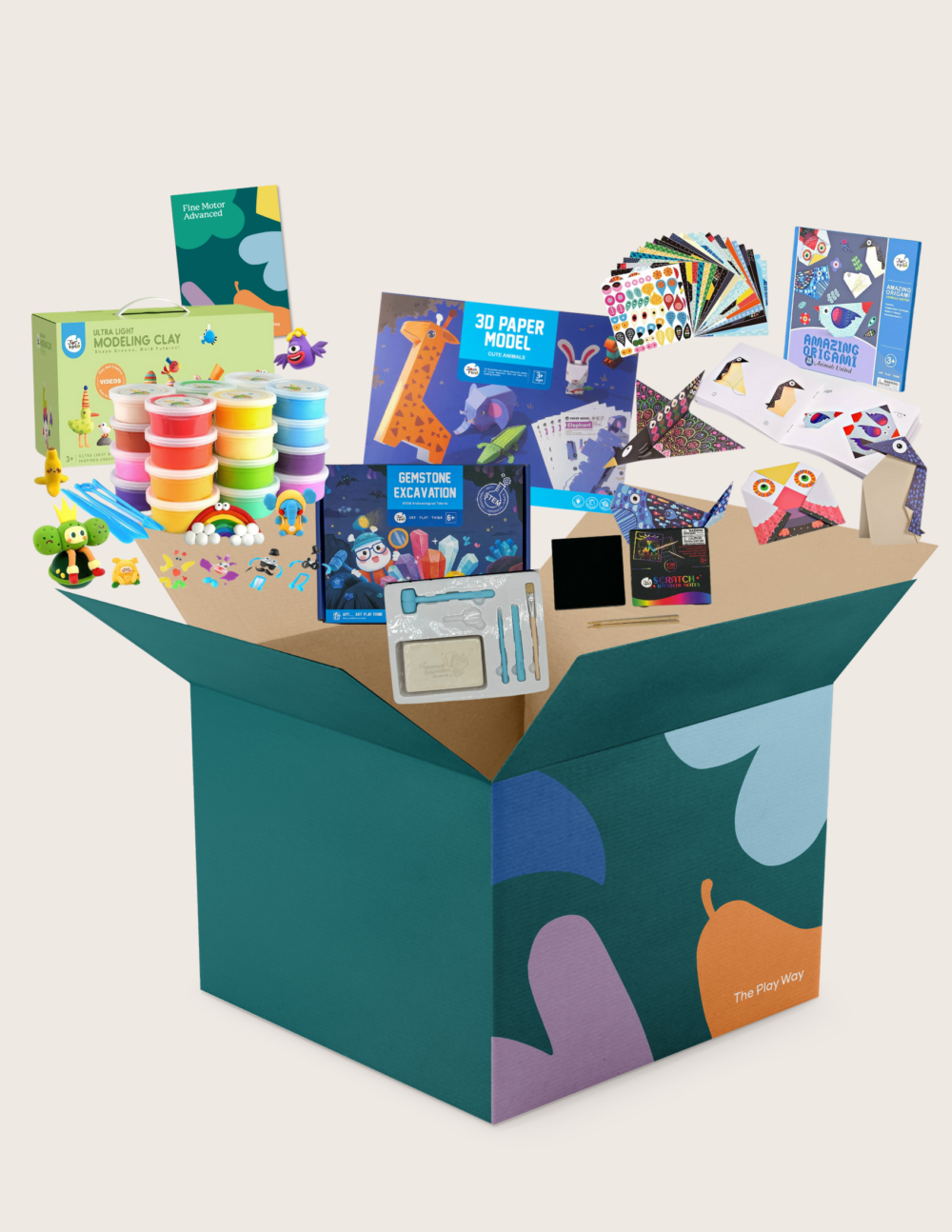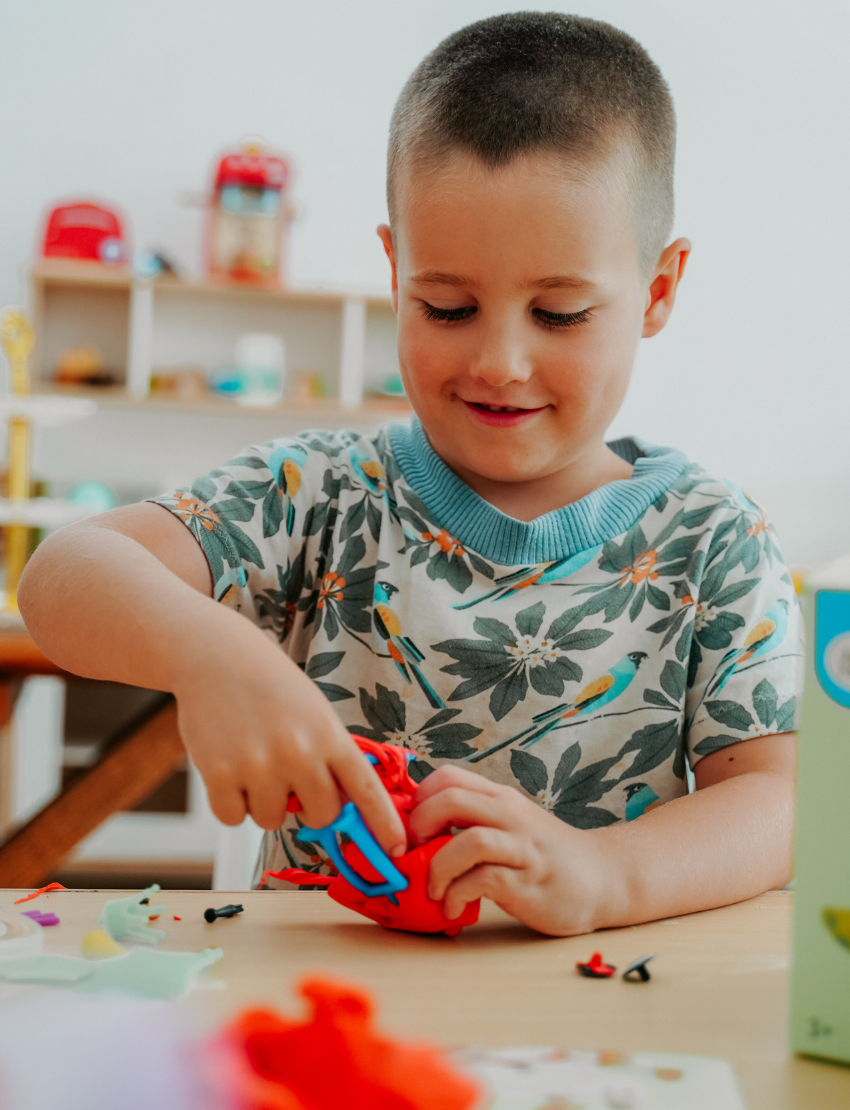Grab access to our ever-growing vault of free digital resources in one place! Sign up to unlock the vault and get instant access to printables, guides, play ideas and much more!
Emotions Part 1: Naming our Feelings Program
This program is designed by our team of speech pathologists, occupational therapists and psychologists to help children identify and express their emotions effectively. Through a variety of engaging, play-based activities, this program fosters emotional awareness and enhances communication skills.
Perfect for children who struggle with emotional regulation, as well as those who already recognise their feelings, it expands their emotional vocabulary and understanding. With a toolbox that complements the online modules, children are invited to enjoy interactive activities while parents and caregivers gain valuable insights into the importance of co-regulation in emotional development.
Created for ages 3+

Emotions Part 1: Naming our Feelings Program
ABOUT THE PROGRAM
Skills it can help build
YOUR TOOLS
What's in your toolbox

‘What face is that?’ set

Bingo Emotions

Emotions Buddy: Naming Feelings

Mini printer

Facilitator pamphlet

Online training
Does this sound familiar?
"As a parent, I can often recognise potential triggers for my child, but I’m not sure how to teach them to sense them too."
"I have trouble supporting my child’s sensory and emotional regulation needs when they’re not at home, I’d love them to access strategies they can take with them."
If these challenges sound familiar, you are not alone. It’s exactly why we’ve designed this program.
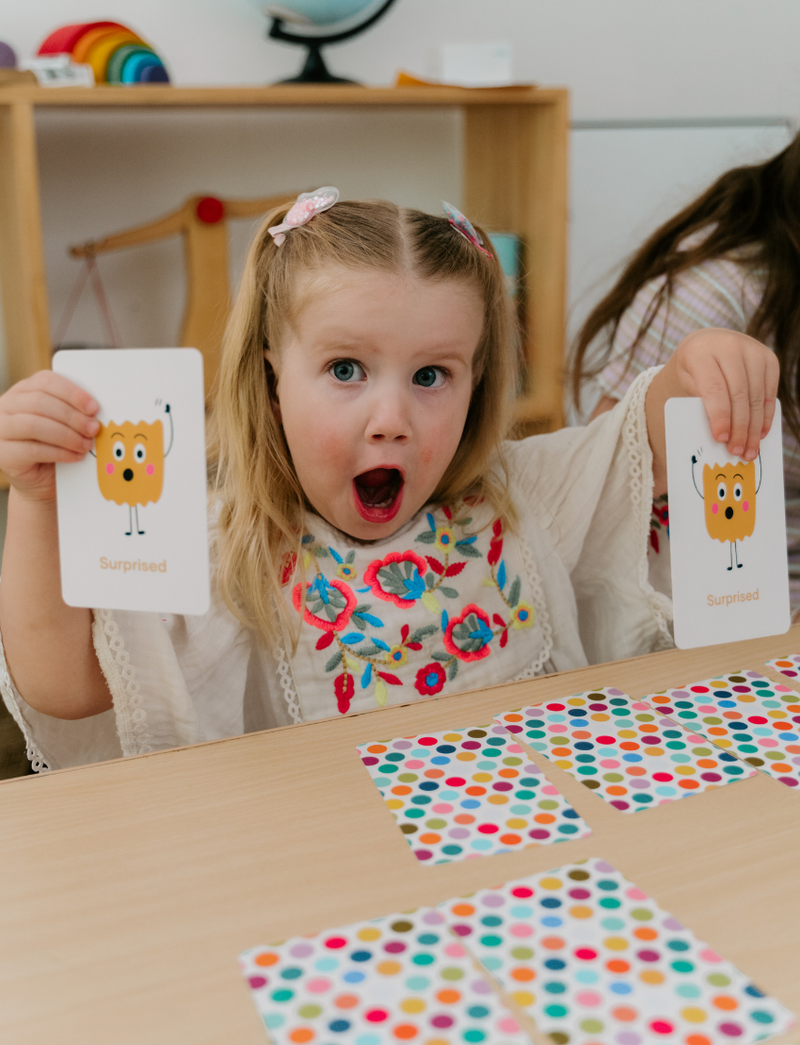
What the program covers
Perfect for children who face difficulties in emotional expression as well as those who already recognise their emotions, the program aims to broadens their emotional vocabulary and deepen their understanding. It guides children in learning about different feelings and the importance of acknowledging them, providing a safe space for exploration and self-reflection.
The program includes a comprehensive toolbox of resources aligned with the online modules, inviting children to immerse themselves in interactive experiences. With an emphasis on co-regulation, it equips parents and caregivers with practical strategies to reinforce emotional development at home. This holistic approach encourages families to engage in meaningful conversations about feelings, making emotional learning a shared journey.
As children participate in the program, they build confidence in navigating their emotional landscape, laying the groundwork for healthier relationships and improved emotional wellbeing. Together, we can cultivate an environment where emotions are acknowledged, understood, and expressed freely, empowering children to thrive emotionally.
